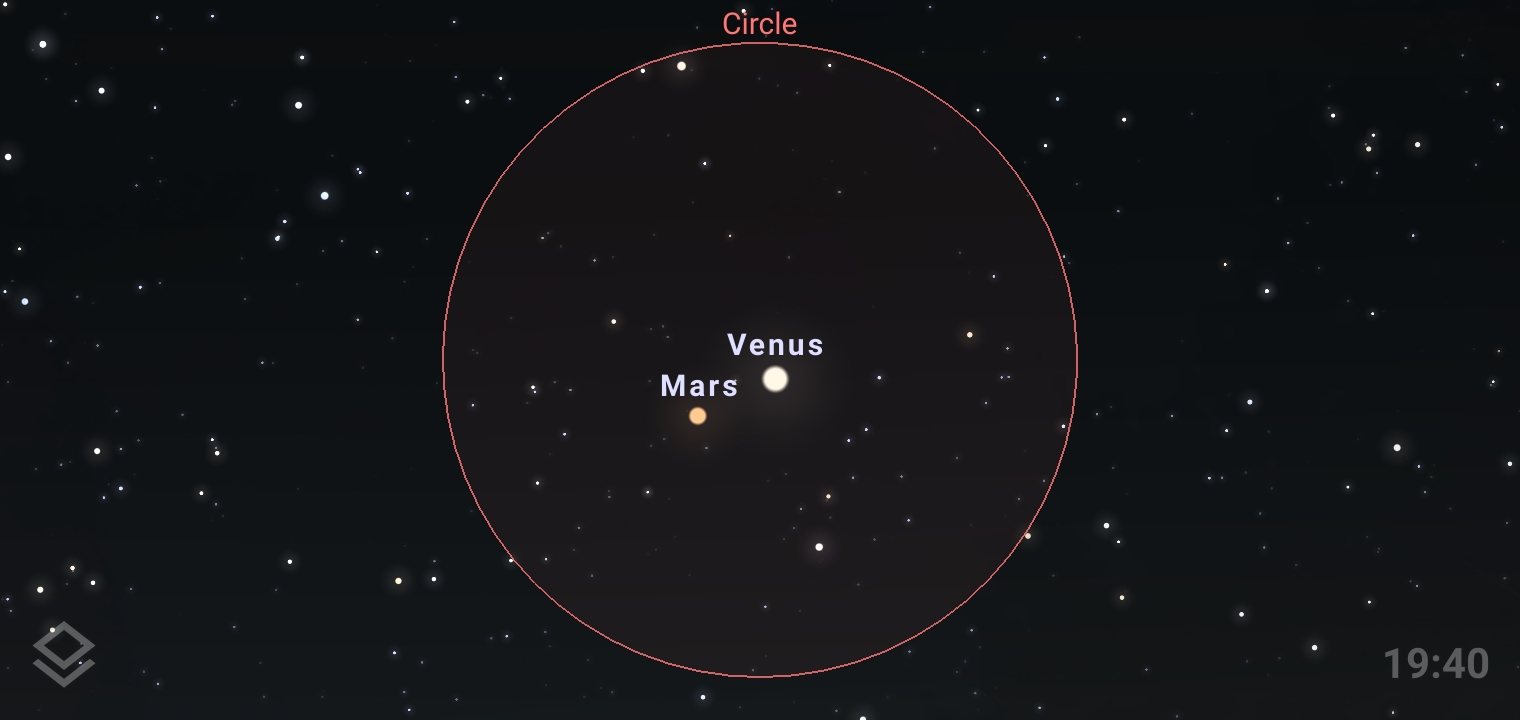

- #Using telescopes in stellarium web how to#
- #Using telescopes in stellarium web full#
- #Using telescopes in stellarium web plus#
- #Using telescopes in stellarium web free#
Waning Crescent Moons Waning Crescent Moons generally rise between "local midnight" and sunrise. Last Qtr Moons Last Qtr Moons generally rise near "local midnight" and set near "local noon", allowing Deep Sky Observing only during the first half of the night. Setting between sunrise and "local noon", they are up and impede Deep Sky Observing in the late evening through sunrise.

Waning Gibbous Moons Waning Gibbous Moons generally rise between sunset and "local midnight". So they are up and impede Deep Sky Observing all night long.
#Using telescopes in stellarium web full#
Setting between "local midnight" and sunrise, they are up and impede Deep Sky Observing from sunset through the early morning.įull Moons Full Moons generally rise near sunset, then set near sunrise. Waxing Gibbous Moons Waxing Gibbous Moons generally rise between "local noon" and sun- set. Setting near "local midnight", they are up and impede Deep Sky Observing for the first half of the night. Setting between sunset and "local midnight", they are up and impede Deep Sky Observing early in the evening.ġst Qtr Moons 1st Qtr Moons generally rise near "local noon". Waxing Crescent Moons Waxing Crescent Moons generally rise between sunrise and "local noon". So they do not impede Deep Sky Observing all night. New Moons New Moons essentially rise and set with the Sun and reflect no sunlight toward Earth.

Video credit: NASA's Scientific Visualization Studio
#Using telescopes in stellarium web plus#
SOLAR: Total = T, Annular = A LUNAR: Total = T, Partial = PĢ022 Phase List plus more Astronomical Events 2022 Best Moon-Planet Conjunctions JAN-FEB MAR-APR MAY-JUN JUL-AUG SEP-OCT NOV-DEC
#Using telescopes in stellarium web how to#
WARNING!It is never safe to look directly at the Sun with the naked eye! And looking at it-even for an instant- through either a telescope or binoculars with- out adequate safeguards can cause permanent blindness! NEVER DO IT! To learn how to safely observe the Sun, consult your local planetar- ium or observatory.ĬELESTIA's clock displays Coordinated Universal Time, UTC. Sunspots may not see any at 2019-20 Solar Min Prominences
#Using telescopes in stellarium web free#
HelioViewer might just be the best free solar astronomy tool on the web, giving you access to countless actual photos of the Sun from multiple satellites! "Time-step" through photos, and save and even make movies of what you find! This free web-tool is not to be missed.Īnd to help get you started, here's the direct link to the HelioViewer User Guide. List of Constellations (with pronunciations):


 0 kommentar(er)
0 kommentar(er)
